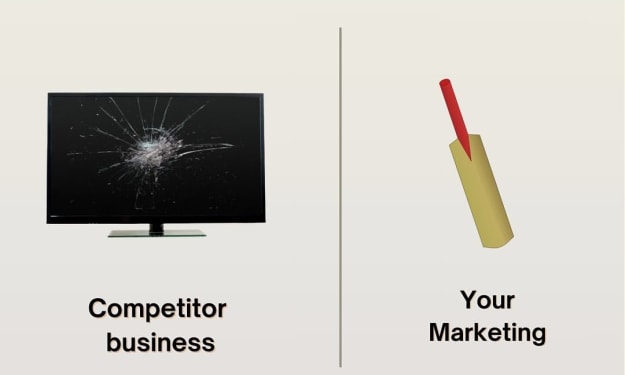Is There One Perfect Timeframe for the Performance Review Cycle?
Determine the Best Timeframe for Your Business

This article first appeared on Acorn Labs in May 2024.
For a more in-depth look at the performance review cycle, have a read of the full article.
The performance review cycle—or performance management cycle—is the structured process organizations use to evaluate and assess employee performance over a specific period. The performance management cycle builds a framework to promote accountability, continuous improvement, and alignment of individual goals with organizational priorities.
A brief history of the performance management cycle
The earliest performance reviews were created by the US military in WWI. Their focus was performance accountability, allowing them to identify and dismiss poor performers. By WWII, performance appraisals shifted to a development focus in order to flag potential officers.
It was the 1960s when performance reviews became less performance accountability v.s. performance development and more a hybrid of both. Between then and now, performance reviews have swung between an accountability focus during talent surplus and a talent development focus during talent shortages.
Now? We’re back at a point where performance reviews are back in that hybrid space between accountability and development.
The pros and cons of different performance management cycle timeframes
The frequency and length of your performance management cycle (i.e., if they’re quarterly, annual, or continuous) depends on organizational needs, industry norms, and cultural preferences.
Quarterly performance cycles
Quarterly performance evaluations are carried out every three months.
Pros
- Managers can give timely feedback, allowing employees to course-correct their goals and address performance issues, which supports career growth.
- Employee development, goals, priorities, and development plans can be easily adjusted to make real-time improvements to performance development efforts, reducing time to proficiency.
- Less time between performance reviews promotes a continuous learning culture, as there are more chances to discuss future development opportunities and create actionable professional development plans.
Cons
- There’s a higher administrative burden and strain on HR and managerial resources due to the short performance management cycle.
- The shorter process can quickly become overwhelming and burn out both managers and employees, decreasing employee engagement and the focus on long-term goals.
- Shorter cycles may compel managers to provide constant oversight and micromanagement of employees, which can be stressful and demotivating for employees.
Annual review cycles
Annual performance appraisal cycles are what traditional performance management favors, where the performance period lasts a year and ends with a formal performance review.
Pros
- A whole year-long performance period allows for a thorough performance evaluation compared to shorter periods.
- Resources and goals can be easily assigned to development plans as the cycle can be aligned with the fiscal year.
- Annual approaches are stable and predictable frameworks which can alleviate the administrative burden on the company.
Cons
- Receiving feedback is delayed, limiting the opportunities for timely course correction and development.
- Longer performance periods open the performance review process to recency bias, where managers only remember employees’ most recent performance.
- Infrequent reviews hinder the organization’s ability to adapt quickly to risks, challenges, and changing business conditions because employees won’t have the most up-to-date capabilities to perform their jobs.
Continuous feedback models
Continuous feedback gives frequent feedback throughout the performance period rather than waiting until the end. They take the hybrid approach to performance management by including accountability and development in the same conversation.
Pros
- Continuous feedback ensures employees receive feedback when it’s most relevant to them, so they can immediately address issues and improve.
- Frequent feedback fosters continuous improvement and supports personal and professional growth in employees.
- Adjustments can quickly be made to goals, priorities, and performance expectations so that organizations can effectively adapt to changing business conditions.
Cons
- Continuous feedback requires significant time and resources from both managers and HR, especially in larger organizations where managers have multiple direct reports to give feedback to.
- Frequent feedback and check-ins can overwhelm employees or even cause feedback fatigue, reducing the effectiveness of feedback over time.
- Training needs to be given to managers so that they are skilled communicators and coaches in order to effective support employees.
How to find the right balance in your process
There are four strategies you can use to find the right balance in your performance management cycle:
- Assess organizational culture and needs
- Focus on outcomes
- Embrace flexibility
- Continuously evaluate and adjust.
About the Creator
Acorn
Impact, not overload™
Acorn PLMS (performance learning management system) is a dynamic AI-powered platform for learning experiences synchronized to business performance at every step. Corporate learning is broken. Acorn is the antidote.
Enjoyed the story? Support the Creator.
Subscribe for free to receive all their stories in your feed. You could also pledge your support or give them a one-off tip, letting them know you appreciate their work.






Comments
There are no comments for this story
Be the first to respond and start the conversation.